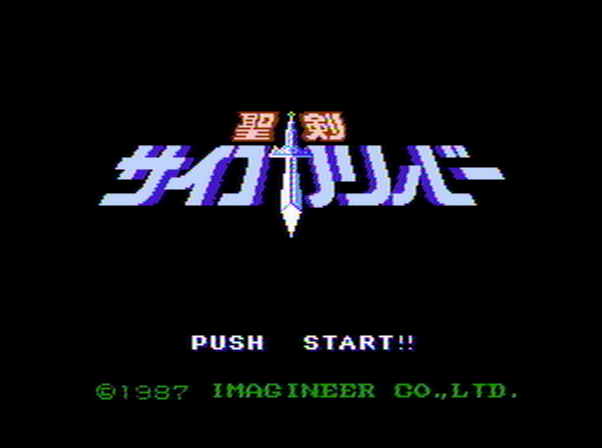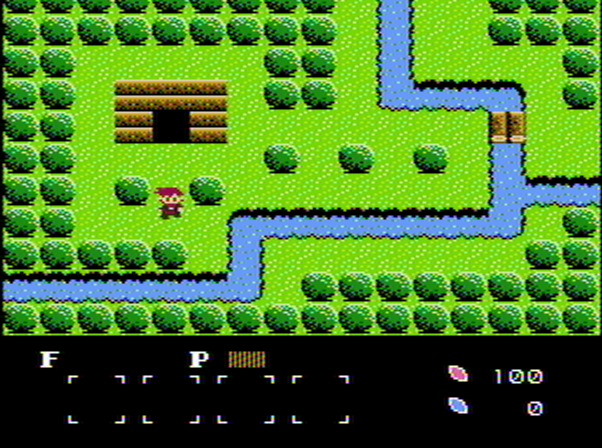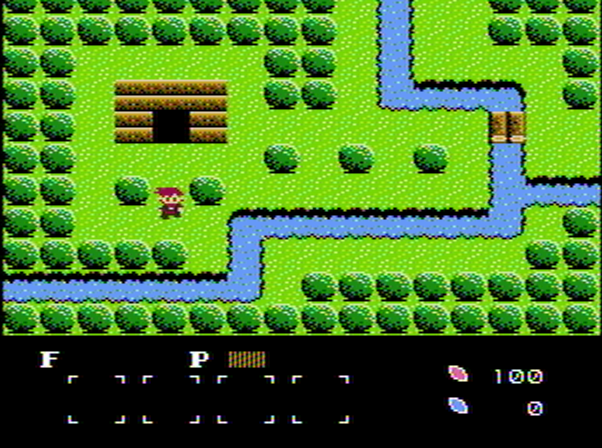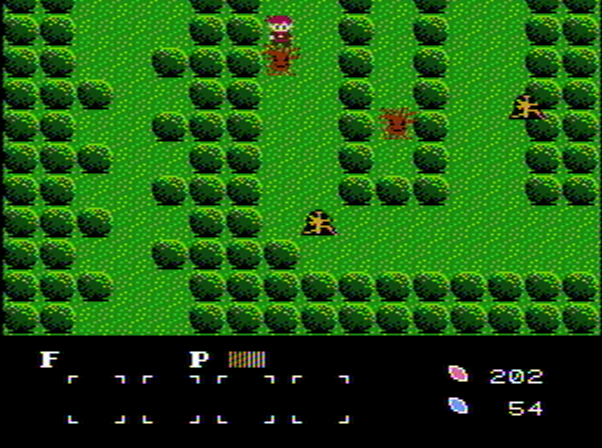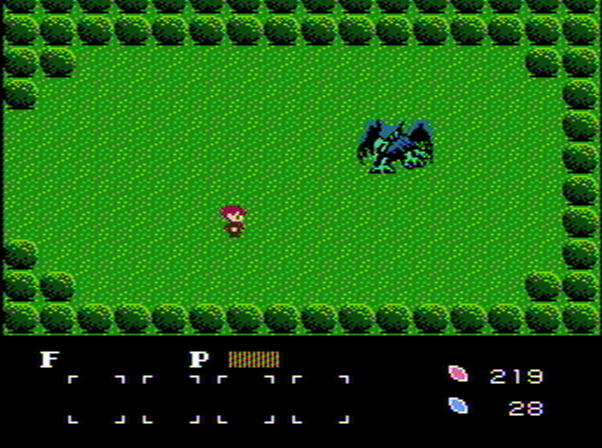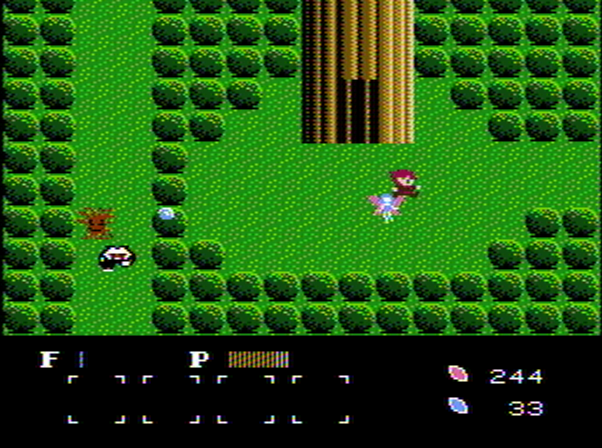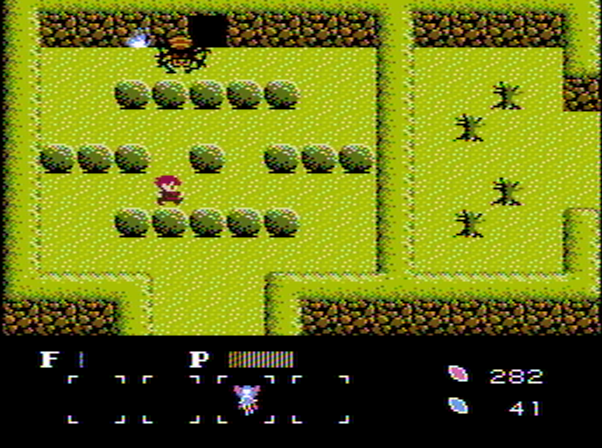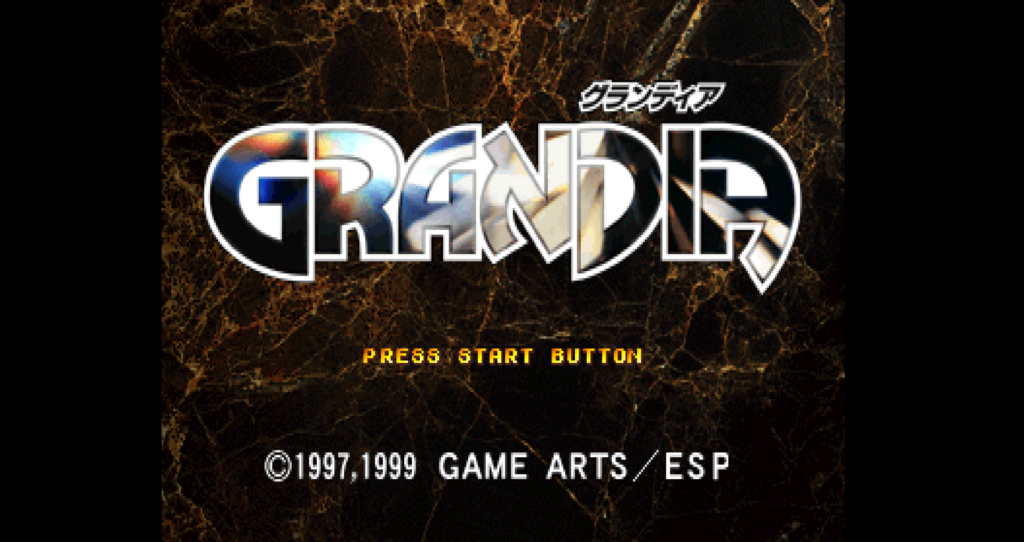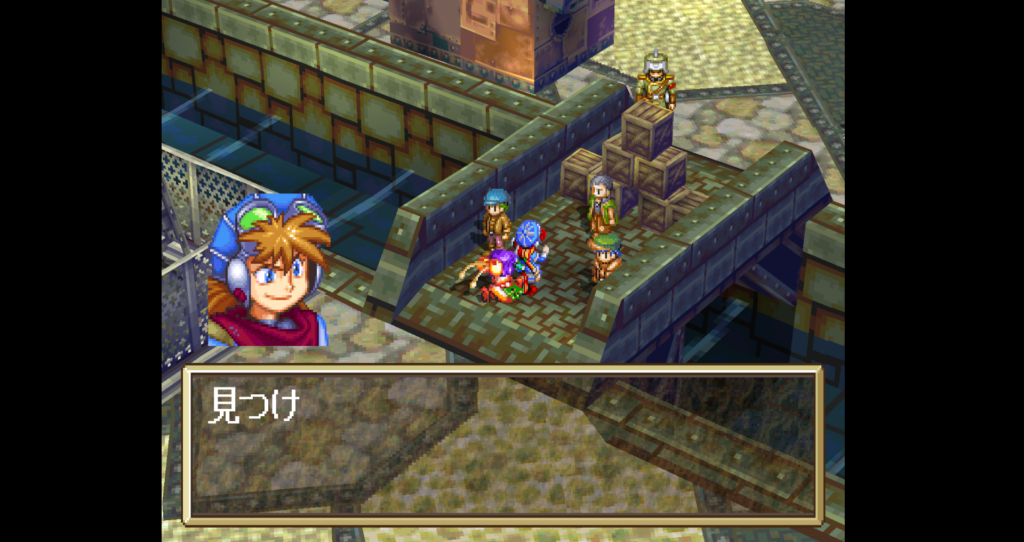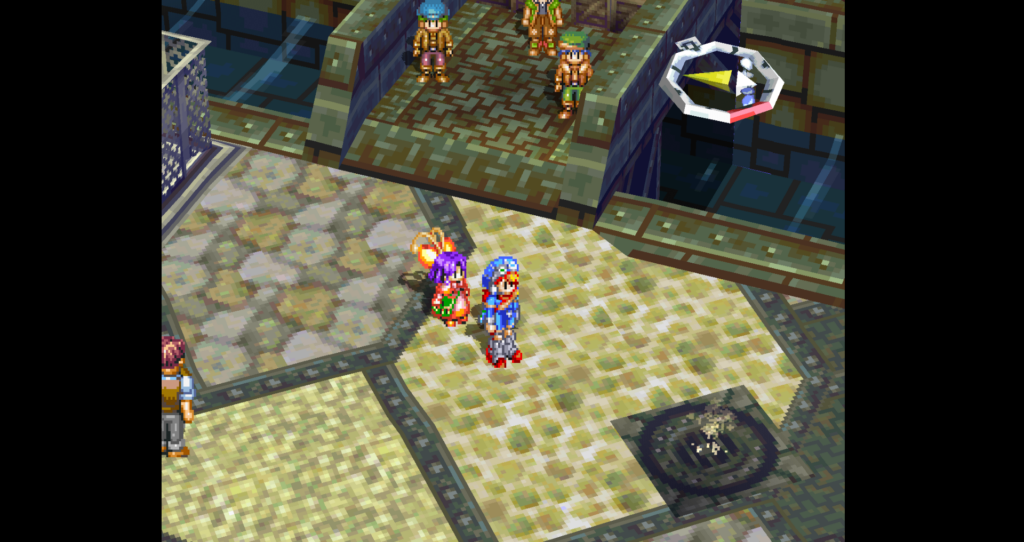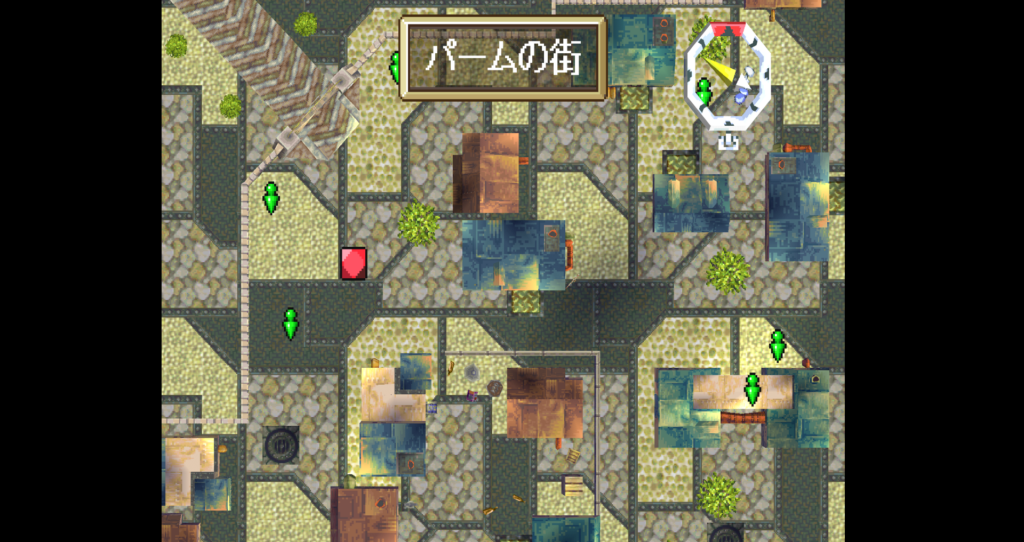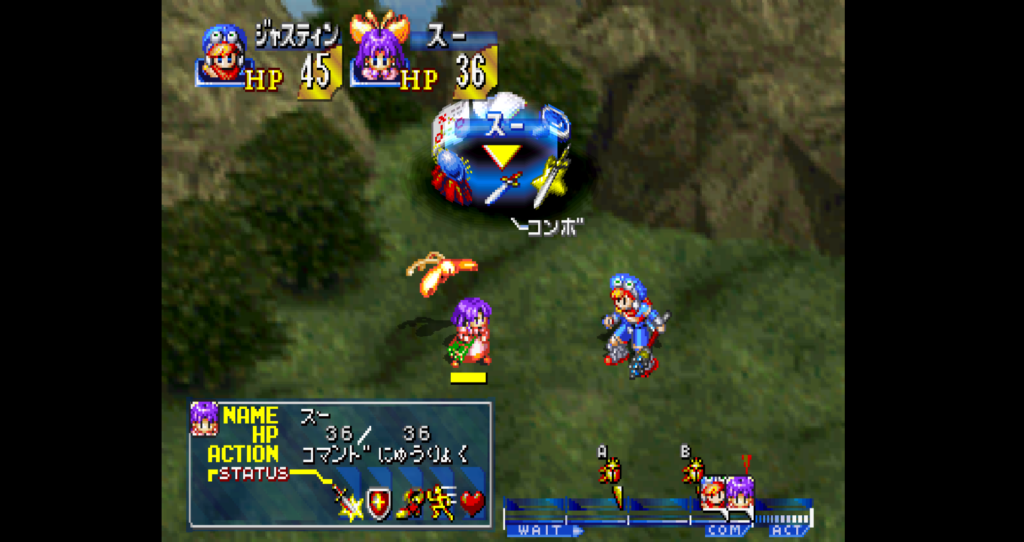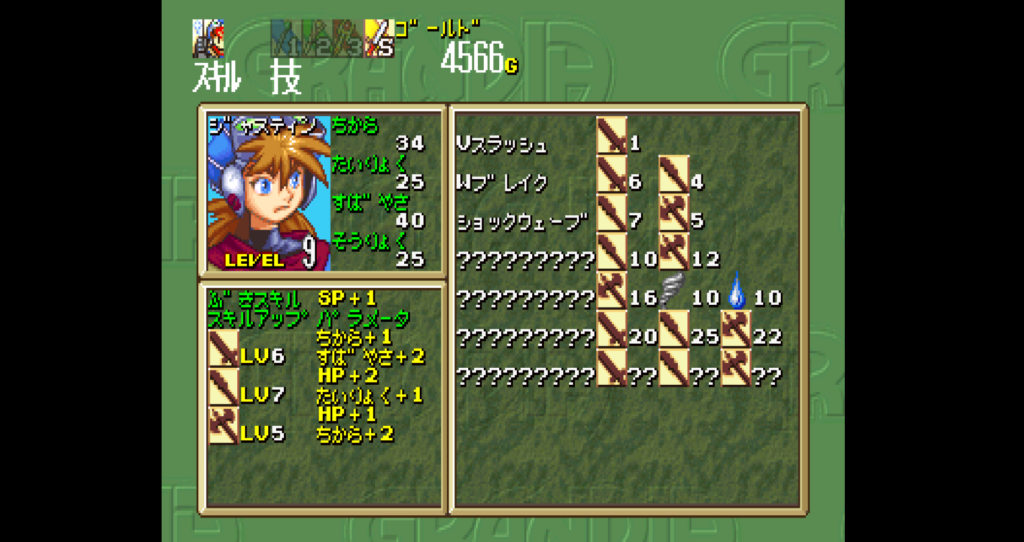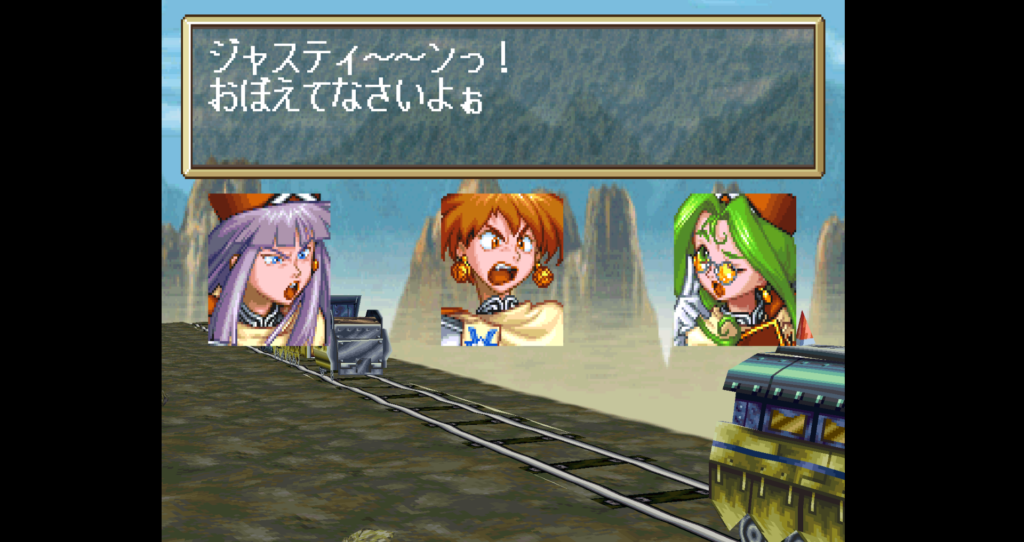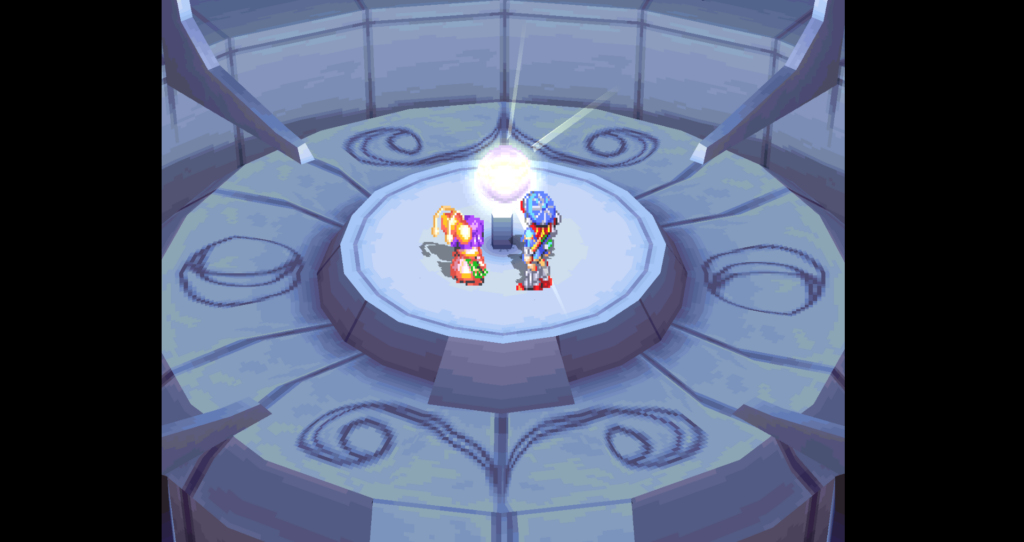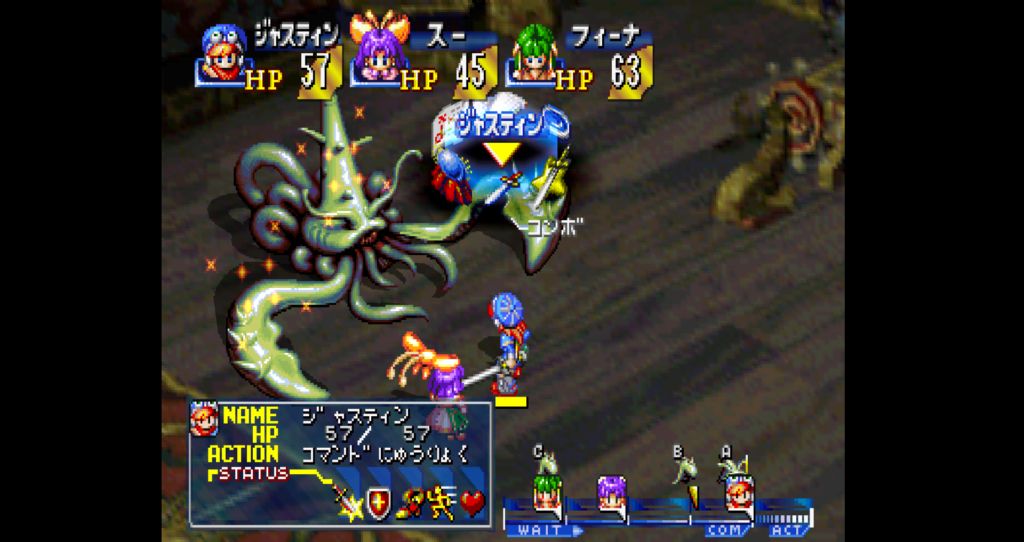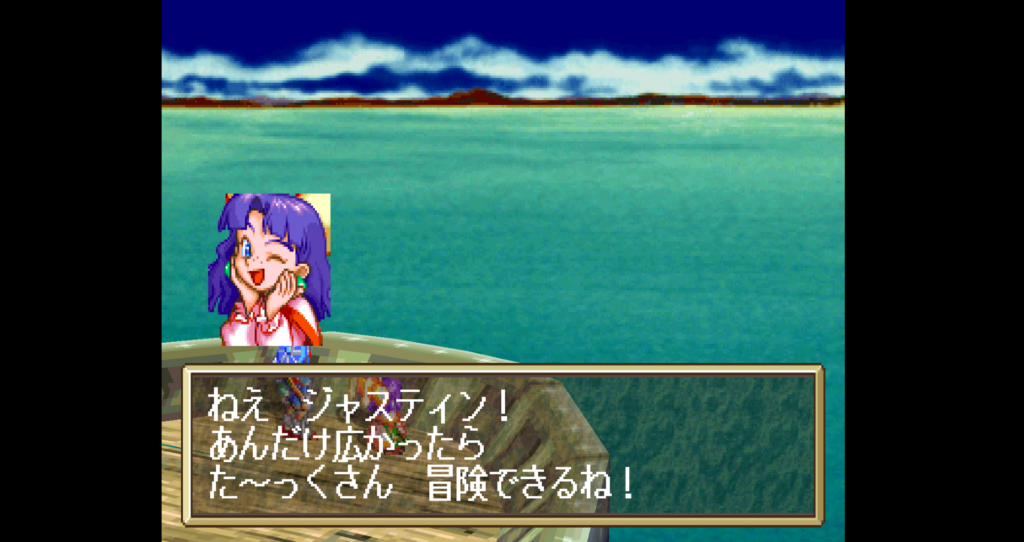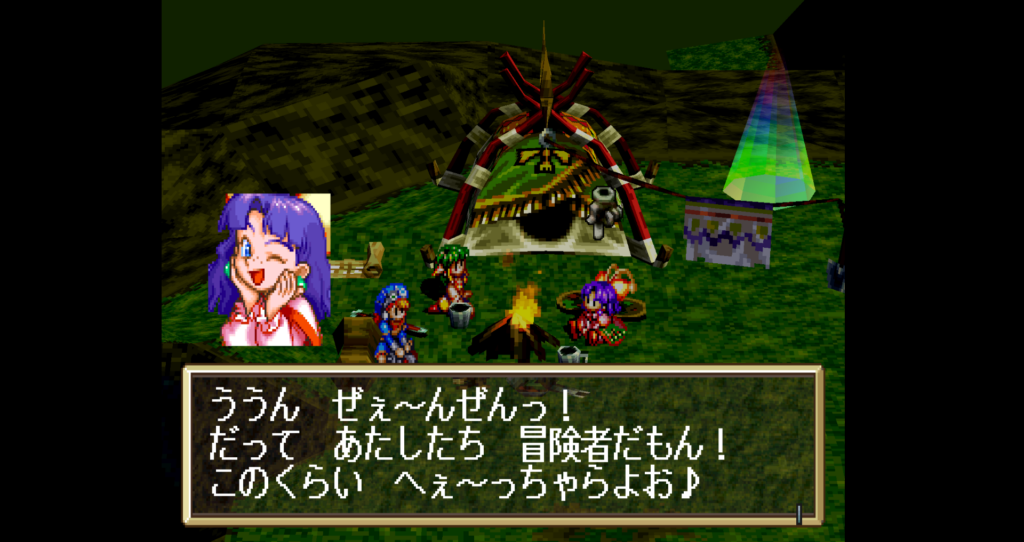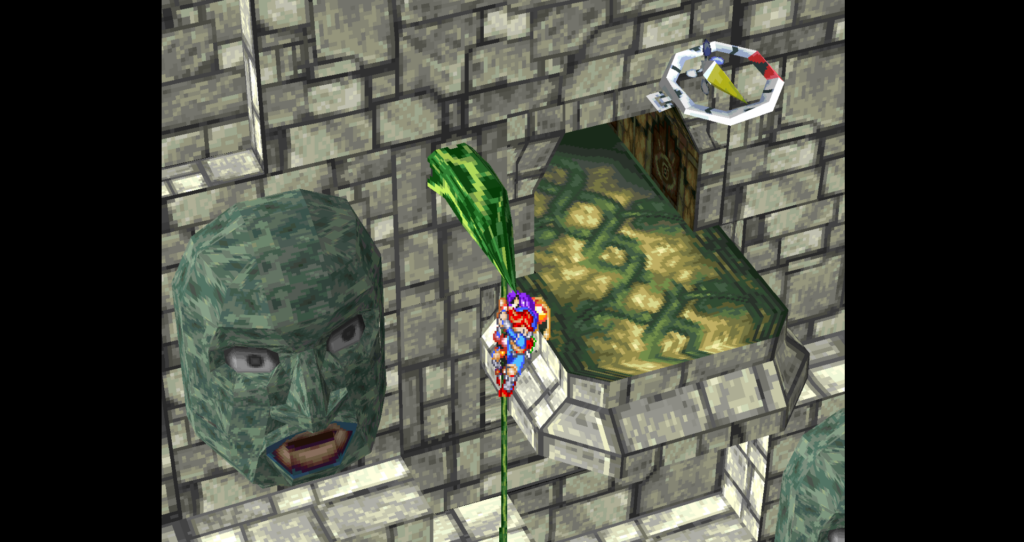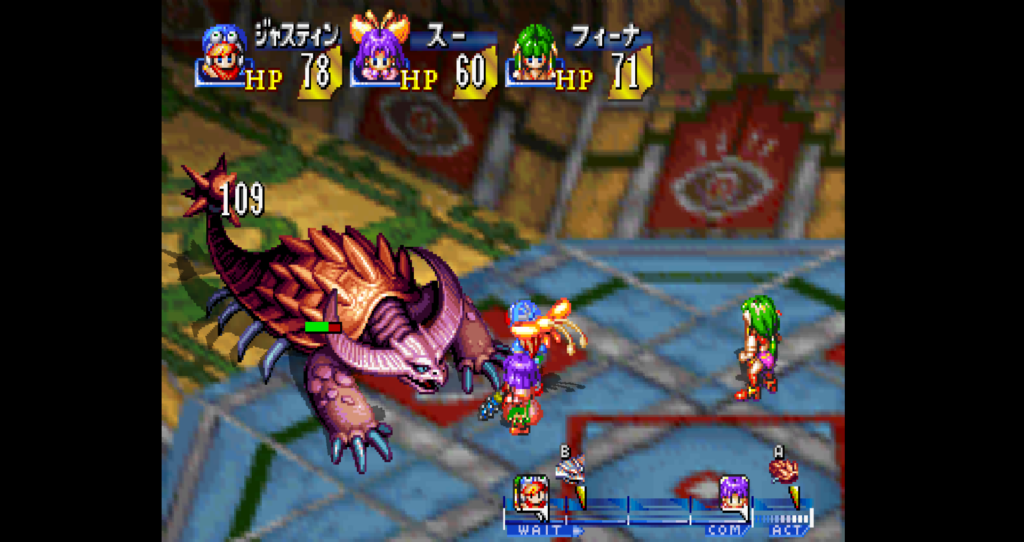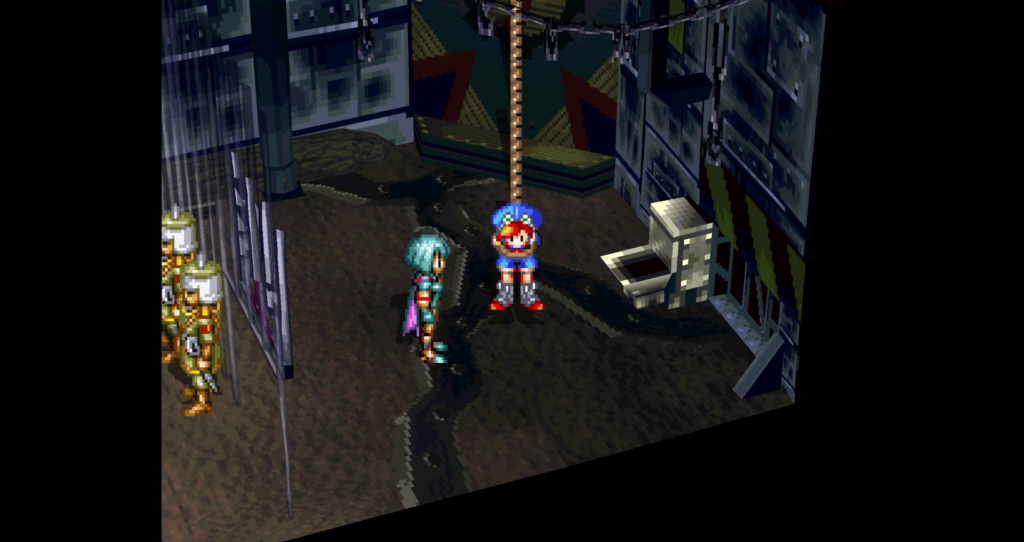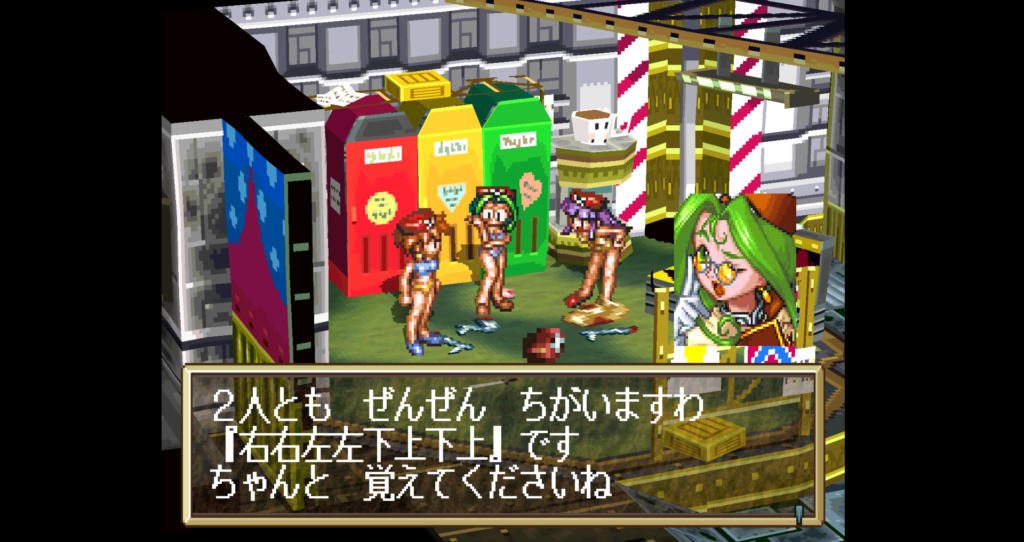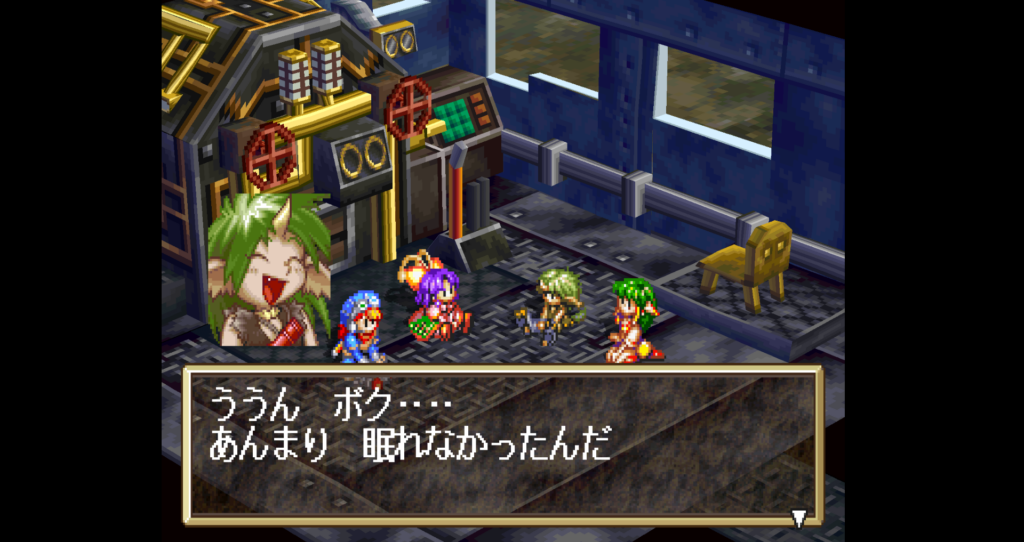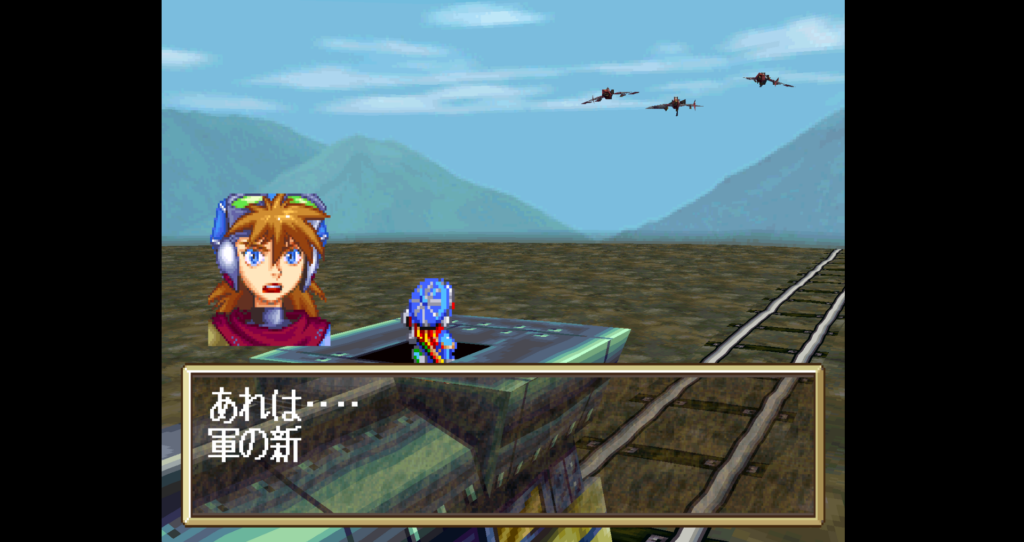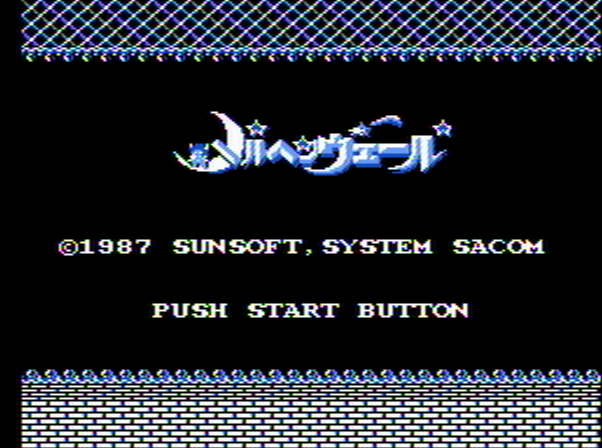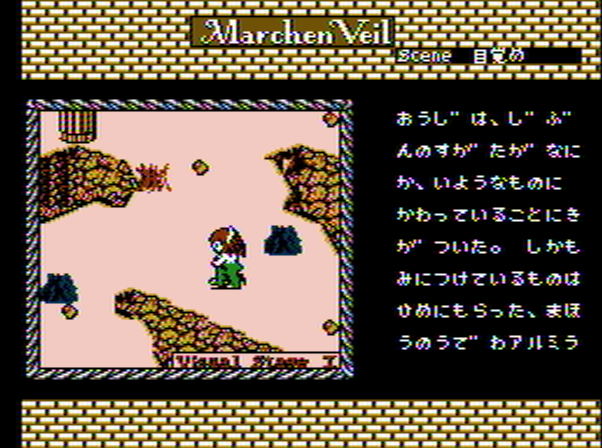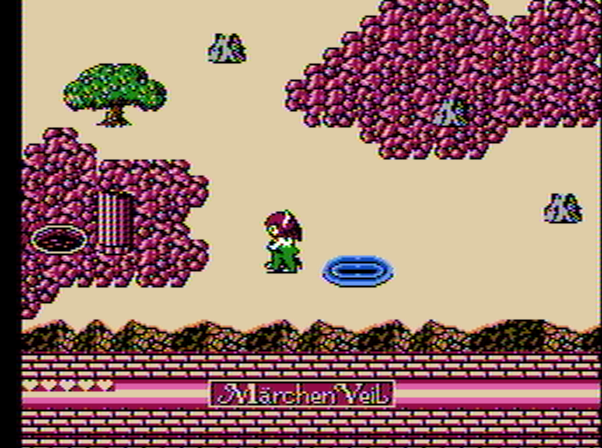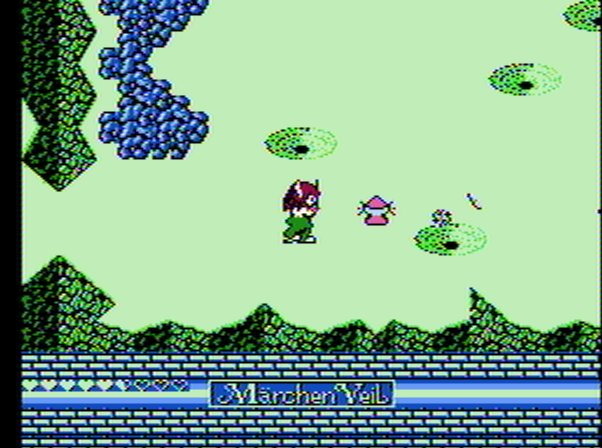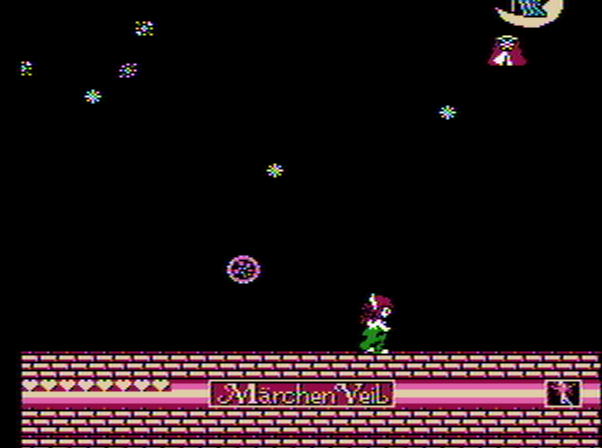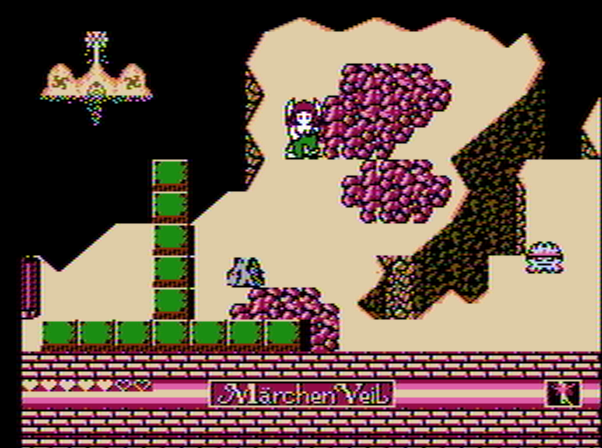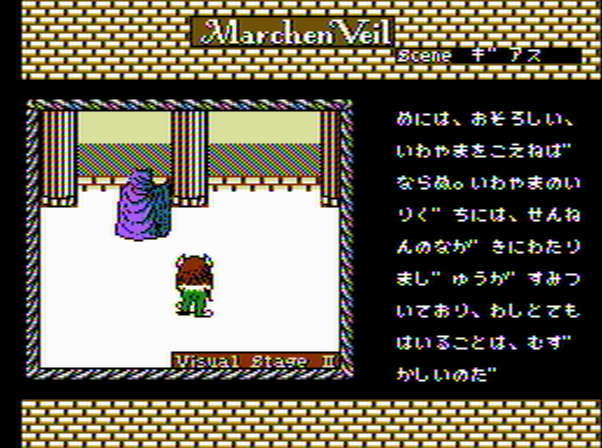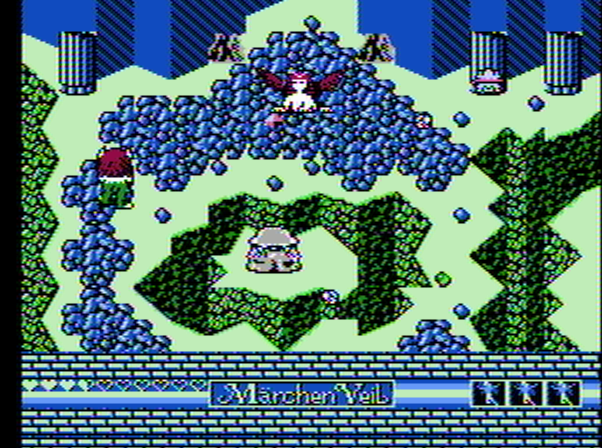I’m continuing with my plays of old RPGs as well; this is a post about three games that I don’t think deserve their own post. SRPGs will be back next week.
Zombie Hunter (ゾンビハンター), released 7/3/1987, by High Score Media Work

This game is a side-scrolling action game that has RPG elements. Surprisingly, CRPG Addict did a fairly detailed post on it, so I will just cover the basics. It’s a side-scrolling action game with RPG elements. It’s the only game so far (aside from Druaga) that does not allow any game save or password, so it feels a lot more like just a standard action game.

The game is side-scrolling, however, it has an RPG-style “encounter” system. As you move along, you will hit places where enemies appear and you have to defeat those enemies before you can move on. You can revisit the place to fight the game set of enemies again. The encounters will give you XP, gold, and usually some kind of item as well (I think maybe each encounter has a rare drop item you can get if you keep fighting it).

The items you get include weapons, armor, and heals. The weapons are different types, although all but the base swords will break after a number of uses.
What I found frustrating about the game is that there is no way to heal aside from the items — perhaps if you could do that the game would be too easy, but it means that you’re going to have to practice until you can defeat the enemies without taking that much damage and then grind up gold and such. There are several paths through the game so it has some replayability, but you can go to CRPG Addict’s post for a much more thorough review.
Getsu Fuumaden (月風魔伝), released 7/7/1987, by Konami

To me this game is not really an RPG, although I think you can see it as maybe a spiritual ancestor of metroidvania games. The main character is trying to recover the stolen wave swords after his brothers’ deaths from the Dragon Master. I initially confused this game with Namco’s Gempei Toumaden (which was included later in Namco x Capcom) but this seems to be merely inspired (or a ripoff?) of that game.
The game is divided into a number of areas, that you traverse in a top-down style.

When you go to one of the temples (like the one left of the main character) it’s usually some kind of shop or just an NPC that will give you a hint. The torii-like thing at the top left leads you to a side scrolling dungeon.

Your life (bottom bar) is always max 64. The “sword” (damage) starts at 5, and every time you get to 256 XP it adds one to your sword bar (to a maximum of 64).
There is no equipment per se; there are some items you can buy and I believe a few of them do increase your total stats or attack, but not really as equippable items. The game is basically just navigating these side-scrolling stages and figuring out where to go on the map to find the items you need to proceed (and the bosses). I was annoyed by repeatedly getting knocked into the pits by monsters, which subtracts a life. If you get a game over you get a password and I think you keep all your stats but lose some money.
I didn’t get this far, but there are also a few first-person maze segments as well, so they were really throwing every genre into the game.
On the whole this feels a lot closer to just a pure action game than an RPG, despite the ability to level up your sword via XP. It’s probably not a bad action game for the time it came out. Interestingly there was a sequel for Switch that came out a few years ago and I believe it got an English translation.
Cleopatra no Mahou (クレオパトラの魔宝), released 7/24/1987 for Famicom Disk System, by Square

This is definitely the worst of the three games. Its only point of interest is that it was Square’s last game before Final Fantasy, and the development team included a number of people who would go on to bigger things (such as Nobuo Uematsu).
The core of the game is a very short adventure game that would probably take less than an hour to finish. The story is about the son of an archeologist who disappeared while searching for the Tears of Isis. The son has to free his father.

The game has the usual adventure commands you expect (move, look, use item, etc).
The only reason the game takes more than an hour to beat is that a clumsy RPG battle system has been needlessly grafted into the adventure game. The battle system is an extremely basic one with even fewer options than DQ1, and whether you are going to succeed or not is primarily based on just what level you are compared to the enemy. Most of your time in the game is going to be spent grinding levels against random enemies to build up your levels to the point where you can beat the few enemies you have to beat, and get enough money to buy some of the quest items you need.
When I play a game like this it always makes me wonder if I am only judging it harshly because I’ve played so many other RPGs, but contemporary reviews were pretty harsh as well. The graphics and enemy animations were well received and the low difficulty level was seen as a plus, but the time wasting encounters and slow speed of the game were criticized as well.
It reminds me somewhat of Tombs and Treasure, an NES game I liked as a kid that combined RPG and Adventure, but that game didn’t require any grinding.
I’ve really found it interesting how many different ways there have been to integrate RPG elements into games. I’ve played 18 games so far of these early RPGs or pseudo-RPGs. Most of them have been action or “adventure”-style RPGs, with two maze exploration and three dragon quest-style RPGs (of which two are Dragon Quest).


























